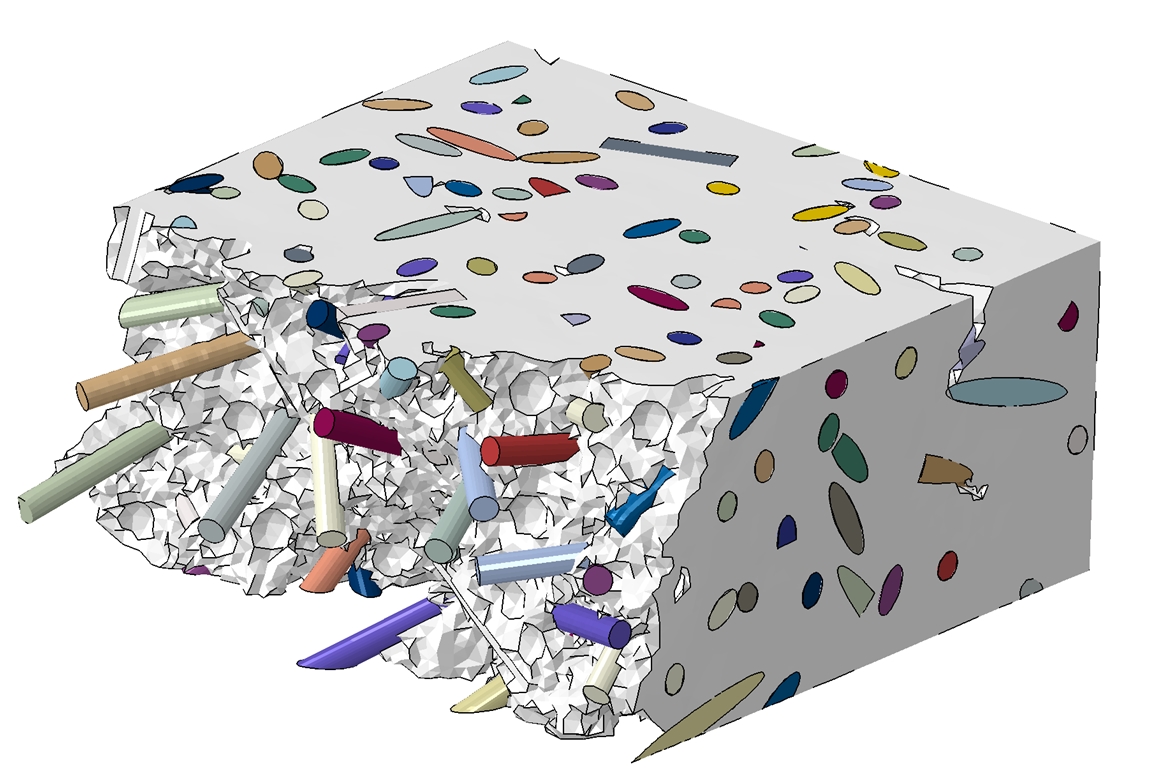Running Abaqus in HPC Cloud A Personal Experience
By Tang Haibin, Research Fellow, Mechanical Engineering

I was introduced to the HPC Cloud resources in April 2020, and started submitting my Abaqus jobs for the projects: “Computational Modelling of Liquid-solid-gas Thermo-fluid Flow with Phase Transformations in Advanced Manufacturing” and “Understanding Multiphase Flow in Metal Additive Manufacturing”.
The projects focused on the structure-property relationship of materials fabricated by additive manufacturing. I decided to use HPC Cloud to run my Abaqus jobs to improve the computational efficiency of my research work. The microstructures in materials made by additive manufacturing techniques were very complex, and the reconstruction models for these materials were very large.
As such, the number of finite elements were huge. Using the HPC Cloud, the running times to analyze these models were significantly reduced. For one of my cases, it would have cost 20 days to complete the job on a desktop with 4 CPUs. In HPC Cloud, it only took 2 days to complete the job which is a ten-fold speed-up.
The HPC Cloud provides computing resources with up-to 36 CPUs, running on Intel Xeon Platinum processors and, thus, the computing speed is much faster. The version of Abaqus in HPC Cloud is also the latest. I really appreciate the contribution of HPC staff in my research work. I have used the HPC Cloud for around two months, and I have submitted several different types of micromechanics models, which are reconstructed for different materials.
According to my experiences, some conflicts are found while the subroutine is introduced in numerical simulation with HPC Cloud. I would like to suggest that other users pay attention to the discrepancy caused by different versions of the commercial software while using the HPC Cloud.

